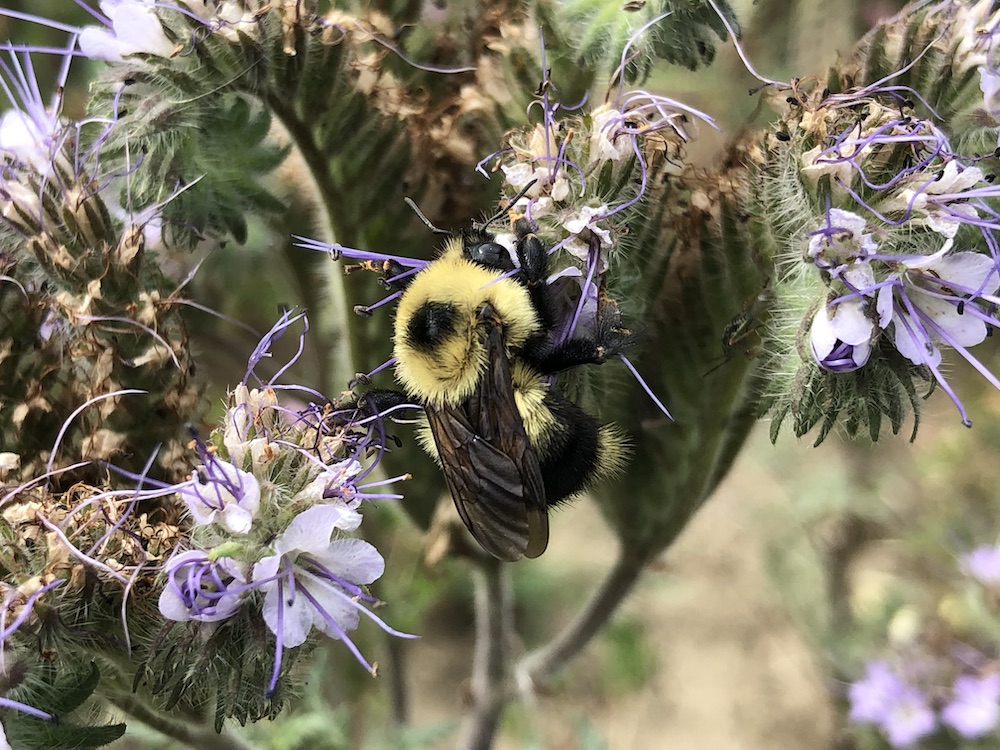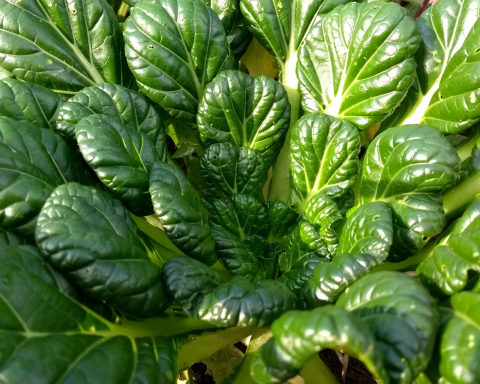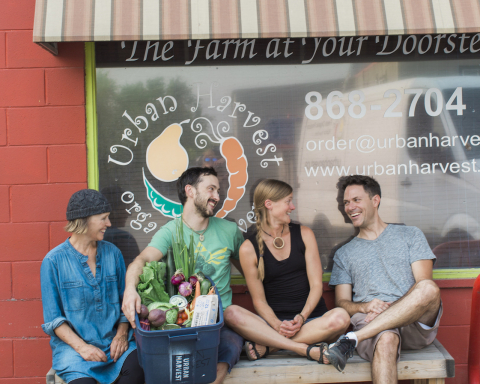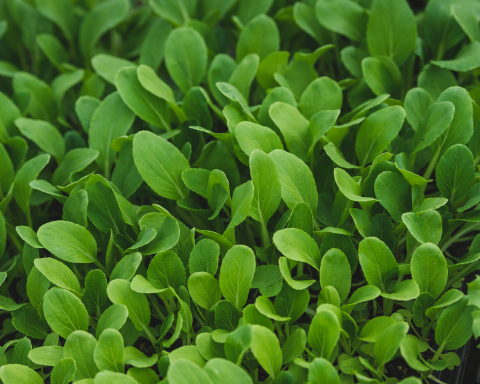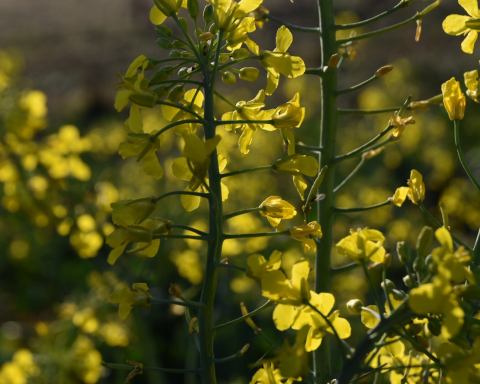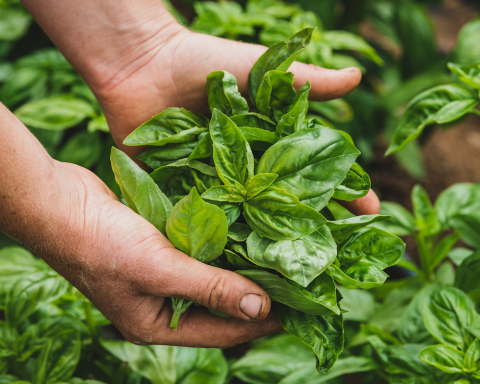S.K. Basu
Pollinators have an important ecological role in securing the stability of all natural ecosystems, through ensuring cross pollination and reproduction across a wide diversity of higher plants. This unique pollinator-plant relationship is a key aspect of maintaining the dynamics of both our ecology as well as our economy.
From an ecological perspective, pollination is important because it helps achieve reproduction in plants. This includes not just wild plants, but a significant array of plant species that are important to humans as food and industrial crops, numerous ornamentals, forage and vegetable crops, and forest species. According to one estimate, over 80% of global plant species are dependent on pollination for reproduction and survival. One can appreciate that this fact has an impact on our economy too. Pollinators have a significant role in three industries, namely: agriculture, forestry, and apiculture. Thus, pollination and pollinators have important stake in our life by integrating the stability of our ecosystem with the dynamics of our economy.
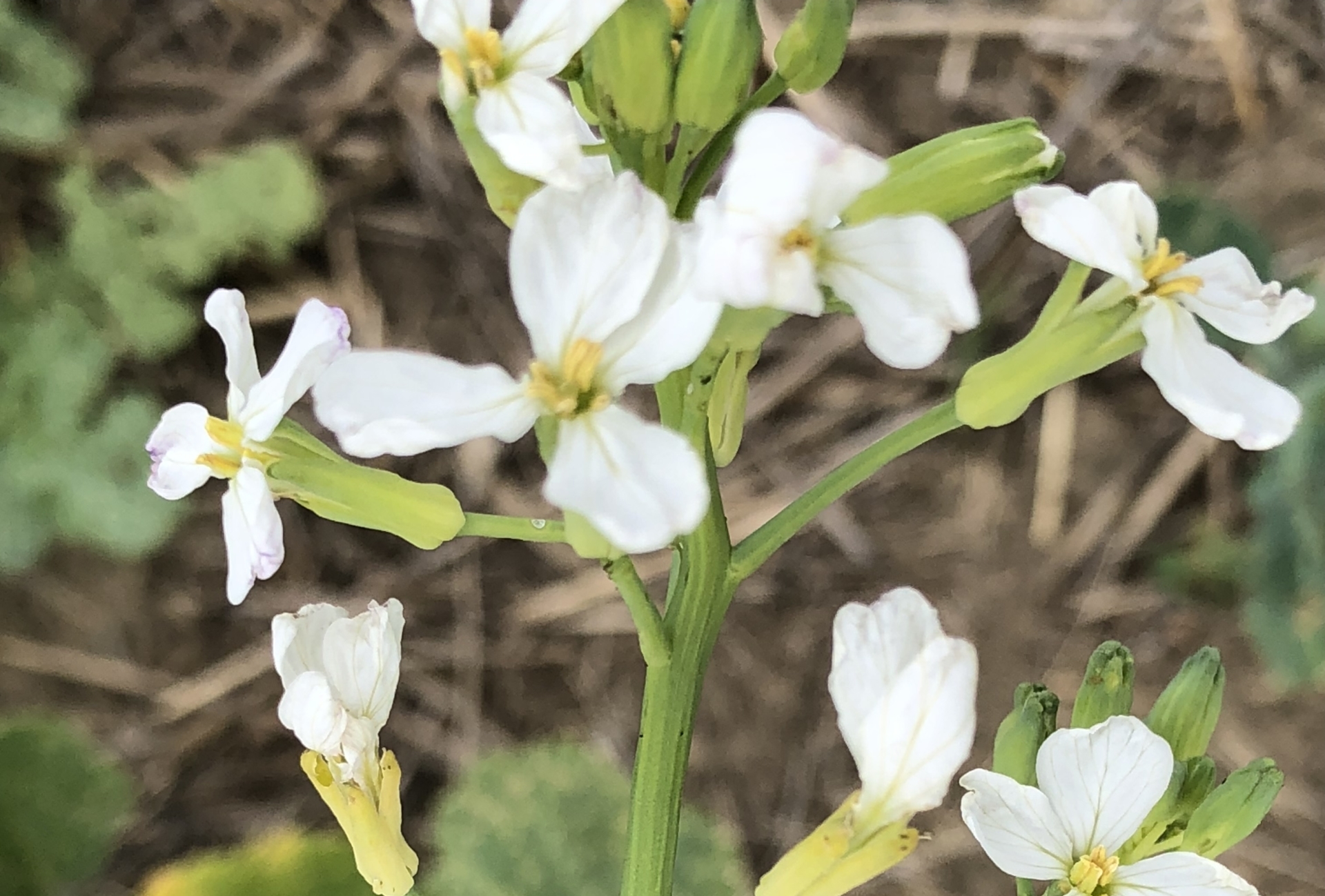
While insects perform the most significant role of natural pollinators in our ecosystem, other animal species that also help in the process of pollination are often overlooked. These include some species of snails and slugs, birds (such as humming birds) and mammals (like bats). Insects such as bees (honey bees and native bees), moths and butterflies, some species of flies, beetles, wasps, and ants all play a highly significant roles in our natural ecosystem, without a doubt. But unfortunately, the insect pollinators, predominantly bees and more specifically, native wild bees or indigenous bees, are showing alarming decline in their natural populations due to the synergistic or cumulative impacts of several overlapping anthropogenic factors.
Some of these include excessive use of agricultural chemicals and aggressive agroindustrial approaches in rapid land transformation, rise of resistant parasitic diseases, colony collapse disorder, high level of pollution in the environment, lack of suitable foraging plants to supply bees with adequate nectar and pollens to sustain them throughout the year, and climate change, to mention only a handful factors. Hence, it is important that we develop comprehensive sustainable, ecosystem, and farmer-friendly, and affordable conservation strategies to help secure the survival of insect pollinators to directly and indirectly secure our own future.
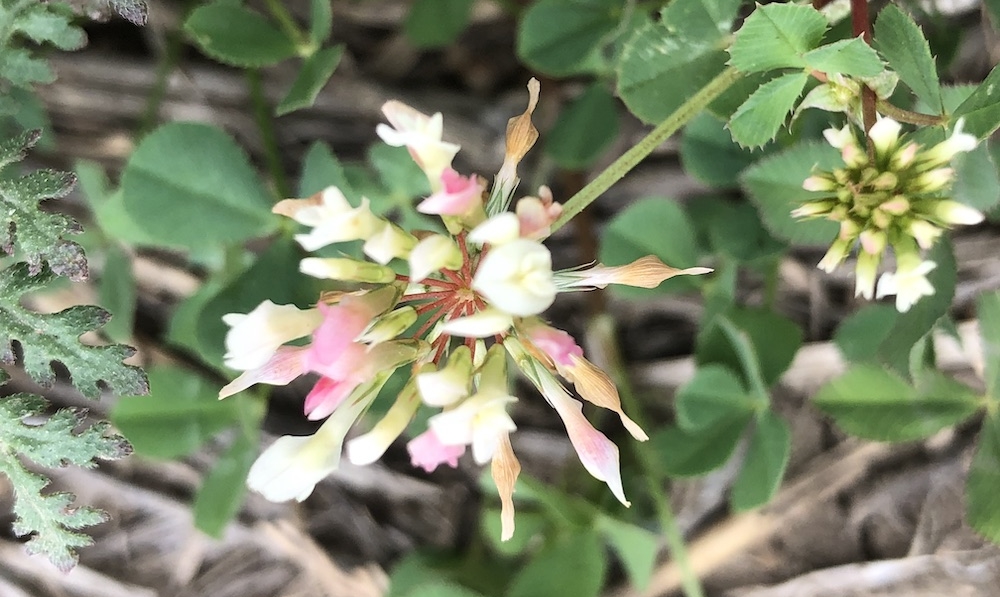
Farming Smarter, an applied research organization from Southern Alberta, has come up with a simple, sustainable, and nature-based solution for this grave crisis. They have successfully established experimental pollinator sanctuary plots using local crop-based annual and/or perennial pollinator mixes with different and overlapping flowering periods to extend the bee foraging period across the seasons.
The major objectives of this unique and innovative research work has been to identify specific crop combinations with different flowering periods adapted to the local agro-climatic regime and their potential in attracting insect pollinators. Furthermore, various agronomic parameters such as seeding dates and seeding rates, crop establishment and weed competition under rain-fed conditions, identifying the floral cycles and biodiversity of local pollinator insect populations attracted and visiting the pollinator sanctuary experimental plots across the growing season are being also monitored and evaluated. This unique pollinator sanctuary project has been funded by the Canadian Agricultural Partnership (CAP) program.

The results have been promising. The experimental plots have been attracting insect pollinators in large numbers and the crops have been well established and performed well against local weed competition. The implications of this study could be far reaching as Pollinator Sanctuaries can not only cater to pollination services; but also help in acting as cover crops, preventing soil erosion, contributing to soil reclamation, and, since they are predominantly crop-based, can be used in grazing. Thus, the benefits of this innovative and sustainable method are not restricted to pollinator conservation alone, and could cater to multiple users.
Such low-cost and low-maintenance pollinator sanctuaries could easily be established in non-agricultural and marginal lands, hard to access areas of the farm, around pivot stand and farm perimeters, shelter belts, along water bodies and irrigational canals, low lying areas, salinity impacted areas, unused spaces in both rural and urban areas, in boulevards parks, gardens, and golf courses, to mention only a handful of potential application sites. Locally adapted crop-based pollinator mixes could fill a vacuum in the market and serve as viable alternatives to exclusive use of wildflower mixes, since they are relatively cheaper, easy to establish, and do not run the risk of becoming a weed or invasive species.

Saikat Kumar Basu has a Masters in Plant Sciences and Agricultural Studies. He loves writing, traveling, and photography during his leisure and is passionate about nature and conservation.
Feature image: A bumble bee pollinating Phacelia flowers. Credit: S.K. Basu


